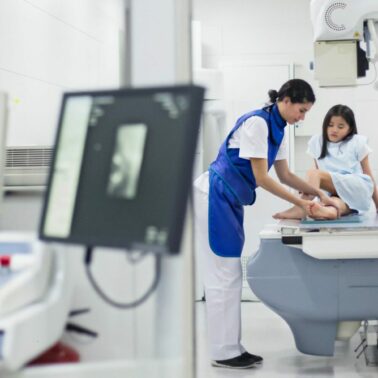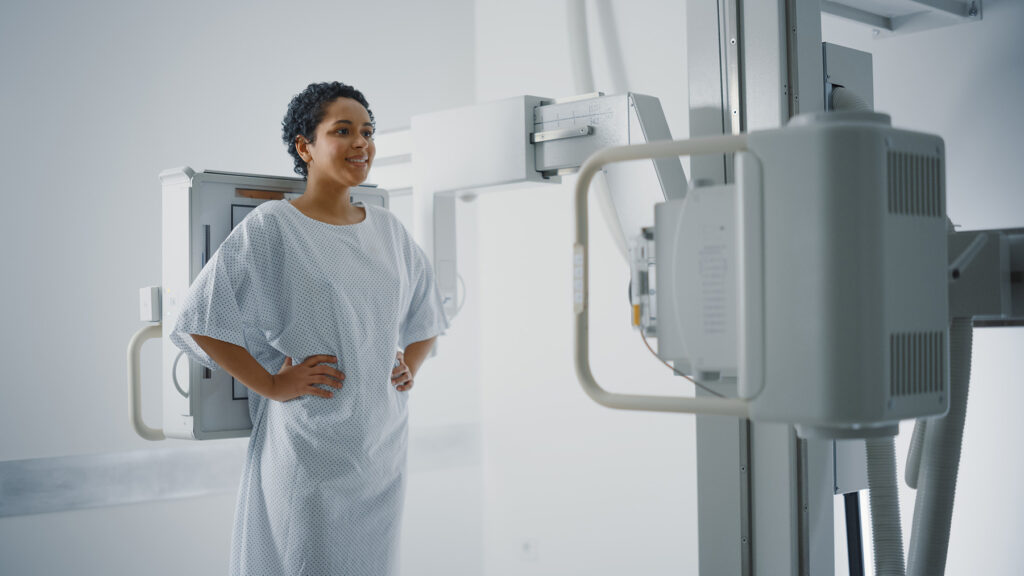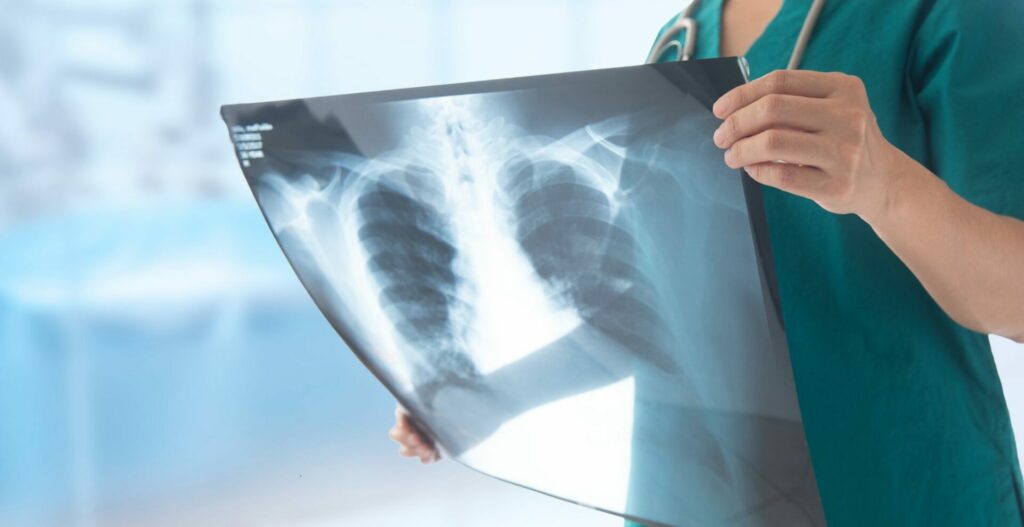
What to Expect from Your X-Ray Appointment
If you have an upcoming X-ray appointment, we want to ensure that you are fully informed and comfortable with the process. X-rays are instrumental in visualising bones, organs, and other internal structures to diagnose conditions such as fractures, infections, and diseases. This imaging procedure is a cornerstone of modern healthcare.
At PRP Diagnostic Imaging, we prioritise your well-being and strive to provide a compassionate experience from the moment you arrive to the moment you leave. Here’s what you can expect before, during, and after your X-ray appointment.
Before Your X-Ray
How to Prepare
Preparing for your X-ray appointment is straightforward. While fasting is generally not required for most X-ray procedures, we will inform you if there are any specific instructions for your particular case. Please wear loose, comfortable clothing and remove any metal objects like jewelry, watches, and belts, as these can interfere with the X-ray images.

Our friendly staff is always available to address any questions or provide clarification on how to prepare for your appointment.
What to Bring
To ensure a seamless visit, please bring the following documents:
- Your referral form from your doctor, indicating the reason for the X-ray and the area to be examined.
- Your Medicare, pension, and/or private health information.
- Information from any previous imaging appointments.
Arriving a bit early to complete any necessary paperwork will help keep everything on schedule.
Our dedicated PRP team is here to make your experience as comfortable and stress-free as possible. If you need any assistance, please do not hesitate to ask.
During Your X-Ray
What Happens During the Procedure?
Upon arrival at PRP Diagnostic Imaging, our welcoming staff will guide you through the next steps. You will be positioned on an X-ray table or in front of an X-ray machine, depending on the area of your body being scanned. The technician may ask you to sit, stand, or lie down.
It is crucial to remain still during the X-ray to ensure clear and accurate images. Our team will explain each step to keep you informed and comfortable throughout the procedure.
Who Will Perform the X-Ray?
A skilled radiographer, trained in radiology and medical imaging, will perform your X-ray. They will operate the X-ray machine and guide you through the process, ensuring your comfort and safety. The radiographer will use their expertise to produce high-quality images for accurate diagnosis.
How Long Will It Take?
The X-ray procedure is quick and typically takes between 15 and 45 minutes, depending on the body area being examined. Once you are in position, the radiographer may ask you to hold your breath for a few seconds while the images are taken. The procedure is painless, and you can resume your normal activities immediately afterward.
After Your X-Ray
Immediately After
Once your X-ray examination is complete, you can go about your day without any restrictions. There is no recovery time needed, as the procedure is non-invasive and painless. Our team is available to answer any questions you may have before leaving the clinic.
Follow-Up Procedures
Your doctor may recommend follow-up procedures or additional tests based on the initial X-ray images to gather more detailed information or confirm a diagnosis. PRP offers a comprehensive range of imaging services, so you likely will not need to visit another clinic or hospital for further tests. Our staff will guide you through any necessary next steps with care and support.
Getting Your Results
After your X-ray, a PRP radiologist, who specialises in interpreting medical images, will review the images. The most pertinent images will be added to the myPRP Patient Portal as soon as possible. The radiologist will also prepare a detailed report outlining the findings, which will be sent directly to your referring doctor.

It is important to schedule a follow-up appointment with your doctor to discuss the results and any further steps in your care plan.
X-Ray Safety and Risks
Is There a Radiation Risk?
Radiation exposure is a common concern among patients. However, the amount of radiation used in an X-ray is minimal and carefully controlled. The benefits of obtaining clear images of your internal structures far outweigh the negligible risks involved. For most patients, the radiation exposure from a single X-ray is equivalent to the natural background radiation received over several days.
What If I’m Pregnant?
If you are pregnant or suspect that you might be, please inform your doctor and the radiographer before the examination. Special precautions can be taken to protect both you and your baby. Certain types of imaging may be postponed or adjusted to minimize exposure.
What Safety Measures Are in Place?
At PRP Diagnostic Imaging, your safety is our top priority. We have strict safety measures in place to minimize any risks associated with X-ray procedures. Our equipment and expert staff use precise positioning and utmost care to capture the best possible images.
If you have any concerns or questions about the safety of X-rays, our staff is always available to provide detailed information and reassurance.
FAQs
Is an X-ray safe during pregnancy?
If you are pregnant or believe there is a chance you could be, inform your doctor and radiographer before the procedure. We take special precautions to ensure the safety of both you and your baby. In some cases, alternative imaging methods, such as an ultrasound, may be recommended.
How is an X-ray different from an MRI or CT scan?
- X-ray: Uses radiation to capture images of bones, lungs, joints, and other areas.
- MRI (Magnetic Resonance Imaging): Uses magnetic fields and radio waves to produce detailed images of soft tissues, like the brain.
- CT Scan (Computed Tomography): Combines X-ray technology with computer processing to produce cross-sectional images of the body.
Each method is chosen based on the specific body part and type of diagnosis required.
Can X-rays detect issues in all body parts?
X-rays are excellent for visualising bones, lungs, and joints. However, they may not be the best for soft tissues. For detailed images of the brain, muscles, or organs, other imaging services like MRI might be recommended.
How soon will I get my results?
The X-ray images and a detailed report will be sent to your referring doctor as soon as possible after your examination. You can also access the most relevant images through the myPRP Patient Portal.
